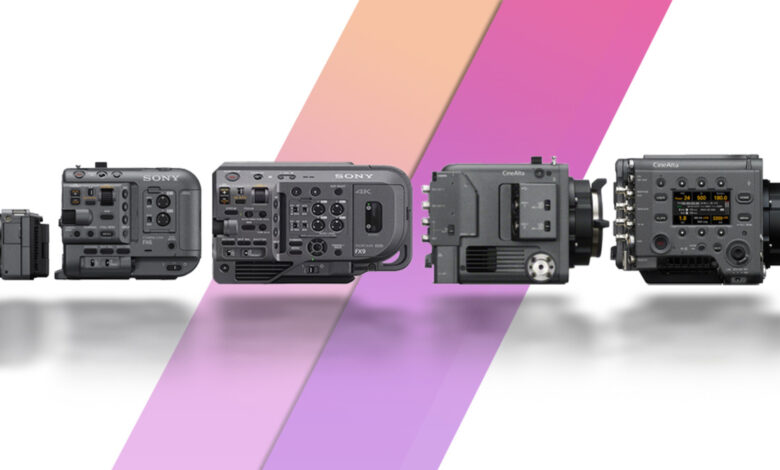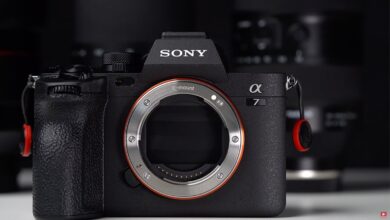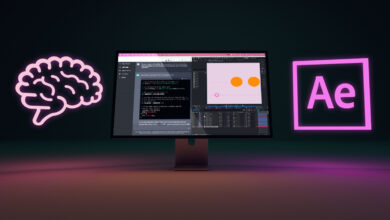How Can Anybody Compete With Sony’s Cinema Lineup?

With the announcement of a new camera, Sony has a huge competitive advantage over the competition.
For broadcast and film professionals, Sony has been delivering tech needed to run the show for a long time now. At times, the manufacturer struggled through the format wars of the 90s, but they led the XDCAM and HDV world later on. The FS5 and FS7 were smash hits, bringing 4K 60p shooting to the masses and bridging the gap between high-end and low-end.
Now, their offerings are more fleshed out than ever. Most importantly, they live in the same ecosystem. The same lens mount, the same S-LOG, and finally, a better menu system.
Talking to DPs that shoot on the original VENICE and a broadcast FX series setup, nobody has had issues matching cameras across Sony’s lineup. I’ve been told that the FX3 footage cuts into VENICE footage quite well and would assume this holds true for the VENICE 2. Speaking personally, I’m a fan of Sony’s new color science.
This is a relief for productions that are running B and C crews or need quick gimbal shots in a pinch. From documentary, to reality, to scripted, the cameras never get in the way.
To me, the new BURANO is the final piece of the puzzle. It sits at $25,000 and truly bridges the gap in features between an FX series camera and VENICE. At this price point, I could see productions utilizing a true Cine Alta camera alongside FX cameras. Especially since the BURANO is more attuned to single operators.
Sony is definitely able to take care of their higher-end customers, and this lineup is more reassuring than ever. This reassurance means that DPs and producers know the camera will still be relevant in years to come, and that they have the choice to bring in additional cameras at various price points. This isn’t the case elsewhere.
The Competition
Other manufacturers in this space appear to be struggling to find their stride in this market. RED, Canon, and Panasonic in particular, have incomplete camera offerings right now. How long will their professional users put up with it?
Canon has unfortunately left their higher-end customers in a bind. Their full frame C700 came out in 2018 and has been dropped already. It’s hard to find parts for it, and the C500 Mark II outclassed it in 2019.
Their C200 has fallen behind the competition, with its stripped down version sometimes getting a 65% discount from B&H. Meanwhile, the C70 inexplicably received in-camera raw video in an update, something that the C700 can’t do without an expensive CODEX recorder attached. It’s safe to say that Canon’s RF mount cinema cameras are expected, and buyers may want to hold off.
RED has been slow to release their DSMC3 cameras. The first camera from the series, the Komodo, has essentially already been replaced after only three years. The Komodo has been eclipsed by the Komodo-X and V-Raptor, with RED admitting that the color science for the first doesn’t match the second two. As a result, people are selling their original Komodo for a loss already.
Meanwhile, Panasonic seems like they’re two years behind in production right now. The highly anticipated GH6 was delayed for so long that it received a dulled reception. While their Varicam and broadcast options are fleshed out, they’ve got a gap in the middle. The EVA1 is long overdue for a replacement, and users are still waiting for an S1H update. While the S5 II is proving very popular, the beefier workhorses are in need of an update.
From where I see it, the only cinema and video camera manufacturer that isn’t threatened by Sony is ARRI. The ARRI Alexa Mini is eight years old and still performs on set. Customers know that the Alexa 35 they buy today should last a lot longer than other systems. As a result, their 3-4 year loan terms make a lot of business sense. Whereas if you bought into Canon’s full frame C700 system, you would be in a pinch.
Conclusion
Sony’s got the juice, no matter where you are in the market. There’s very little reason for larger multicam productions to invest in Canon, Panasonic or RED. The added flexibility may also make sense for larger commercial sets. For example, the VENICE II didn’t inherit the ability to record proxies from its predecessor, whereas BURANO can. We won’t get our hands on a BURANO for another six months, which may be enough time for the competition to heat up.




